Building Trust in Data: The Strategic Importance of Data Cleaning and Validation
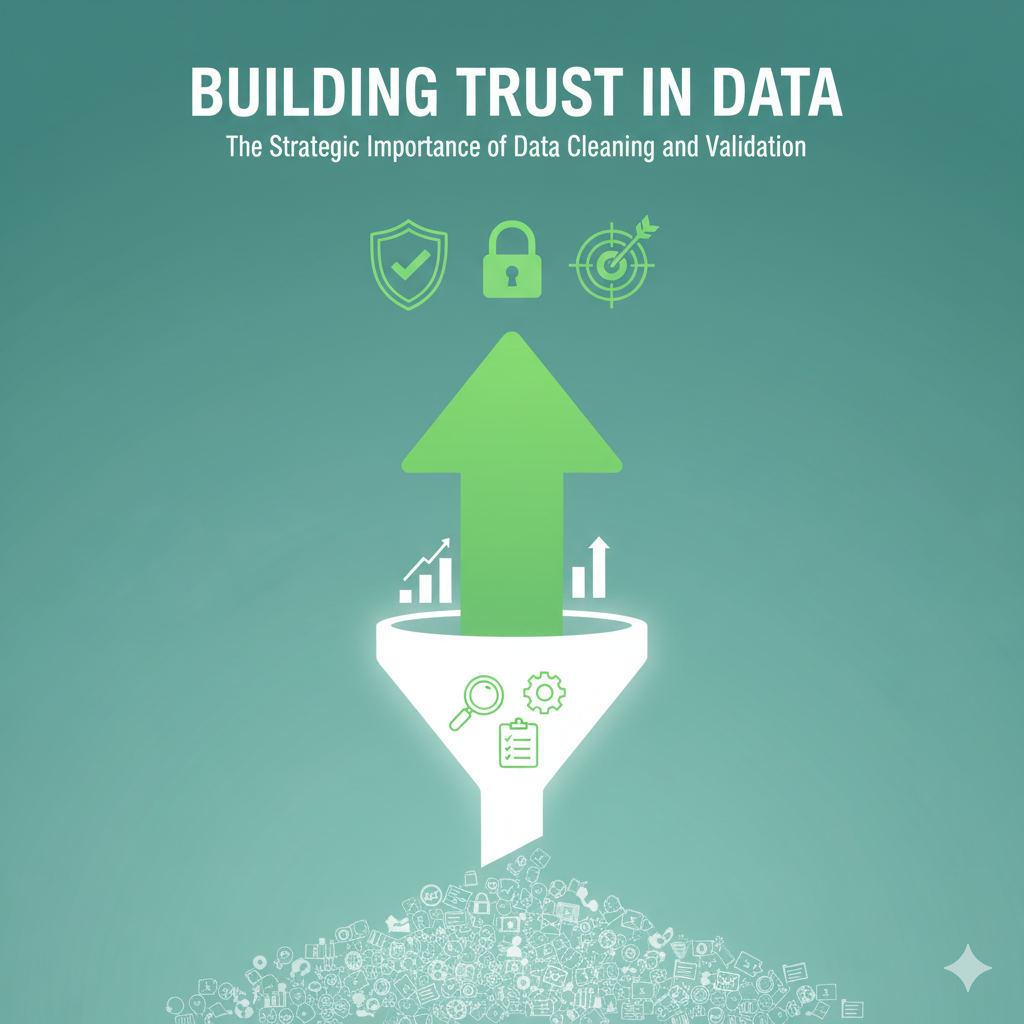
Building Trust in Data: The Strategic Importance of Data Cleaning and Validation
In the modern enterprise, data is more than an operational asset — it is the foundation of intelligent decision-making. Yet even the most advanced analytics, AI systems, or dashboards are only as reliable as the data that fuels them.
This is why data cleaning and validation remain two of the most critical — and often underestimated — components of a robust data strategy.
When neglected, these processes can erode trust, distort insights, and undermine the credibility of entire analytics functions. When done right, they enable clarity, confidence, and accountability in every decision an organization makes.
At the Certified Data Intelligence Professionals Society (CDIPS), we view data quality not as a technical chore but as a core professional discipline — central to ethical, evidence-based intelligence.
1. Why Data Cleaning Matters
Raw data rarely arrives in perfect form. It may include missing values, duplicate records, inconsistent formatting, or outdated information. Data cleaning, also called data cleansing, involves detecting, correcting, or removing errors to ensure the dataset accurately reflects reality.
The business case is straightforward: clean data drives reliable insights and trustworthy decisions.
When data contains inaccuracies, even the most sophisticated models will produce misleading conclusions. This is sometimes referred to as “garbage in, garbage out” — a reminder that analytical power depends on input integrity.
Effective data cleaning practices include:
-
Removing duplicates to prevent double-counting and bias.
-
Standardizing formats (e.g., dates, currencies, naming conventions).
-
Correcting inaccuracies and filling missing values where context allows.
-
Validating ranges and consistency across related datasets.
These steps don’t just tidy up data; they strengthen analytical credibility and protect decision-makers from acting on flawed information.
2. Data Validation: Ensuring Trust Before Analysis
While cleaning improves the internal quality of data, validation ensures its external accuracy and logical consistency.
Data validation is the process of verifying that data conforms to defined rules, business logic, and real-world expectations before it enters analysis or production systems.
For example:
-
A validation rule may flag customer ages under zero or over 120.
-
Financial transactions might be checked to ensure totals reconcile across systems.
-
Sensor readings could be verified against known physical thresholds.
Strong validation protocols create a first line of defense against the propagation of errors. This is especially critical in sectors like healthcare, finance, and logistics, where data-driven decisions carry high stakes.
Validation also fosters data stewardship — accountability for maintaining integrity across the data lifecycle, from collection to consumption.
3. The Strategic and Ethical Dimensions of Data Quality
In an era of algorithmic decision-making, data integrity is synonymous with ethical responsibility.
Organizations increasingly rely on data to guide hiring, credit scoring, policy design, and customer engagement. Poor data hygiene can lead to biased outcomes, reputational damage, and regulatory risk.
At CDIPS, we advocate for a governance-first approach to analytics, where data cleaning and validation are treated as strategic safeguards, not reactive fixes. This mindset ensures that every dataset used for analysis meets professional standards of accuracy, completeness, and fairness.
Moreover, integrating data quality checks into governance frameworks supports compliance with data protection and transparency regulations — key requirements for building public trust in data-driven organizations.
4. Embedding Quality Into the Data Lifecycle
Data cleaning and validation should not be one-off exercises performed just before analysis. They should be embedded throughout the data lifecycle — from acquisition and storage to transformation and reporting.
Organizations that excel in data quality typically adopt these best practices:
-
Automate quality checks. Implement rule-based or AI-driven data validation pipelines to detect anomalies early.
-
Establish ownership. Assign data stewards responsible for maintaining standards across systems.
-
Document processes. Maintain metadata, version control, and audit trails for transparency.
-
Integrate continuous feedback. Encourage analysts and domain experts to flag inconsistencies for ongoing improvement.
These steps create a virtuous cycle of quality assurance, ensuring that clean, validated data becomes the default state — not a last-minute correction.
5. Elevating Professional Standards Through Certification
For data professionals, mastery of cleaning and validation is not merely technical proficiency — it’s an expression of professional integrity.
Through CDIPS certification, practitioners demonstrate their commitment to accuracy, ethical practice, and rigor in data intelligence. Certified professionals learn to balance automation with judgment, efficiency with responsibility, and analytics with accountability.
As organizations seek to build reliable, explainable AI systems and transparent reporting structures, the demand for certified expertise in data governance and validation continues to rise.
6. The Bottom Line: Clean Data, Clear Decisions
Clean, validated data is the bedrock of trustworthy analytics. It empowers teams to draw conclusions confidently, enables leaders to act decisively, and strengthens the credibility of every report, model, and dashboard.
By prioritizing data cleaning and validation as strategic investments — rather than afterthoughts — organizations position themselves to unlock the full value of their data assets while upholding the highest standards of professional and ethical conduct.
Key Takeaways
-
Data cleaning ensures internal accuracy; data validation ensures external trust.
-
Quality processes must be continuous and embedded across the data lifecycle.
-
Ethical responsibility begins with data integrity.
-
Certification through CDIPS reinforces accountability and excellence in practice.
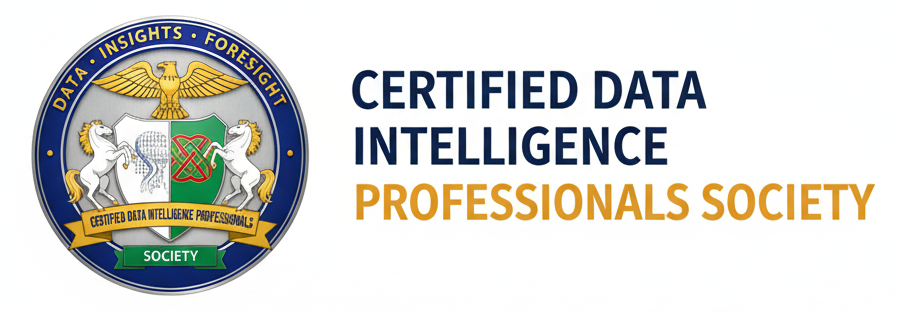
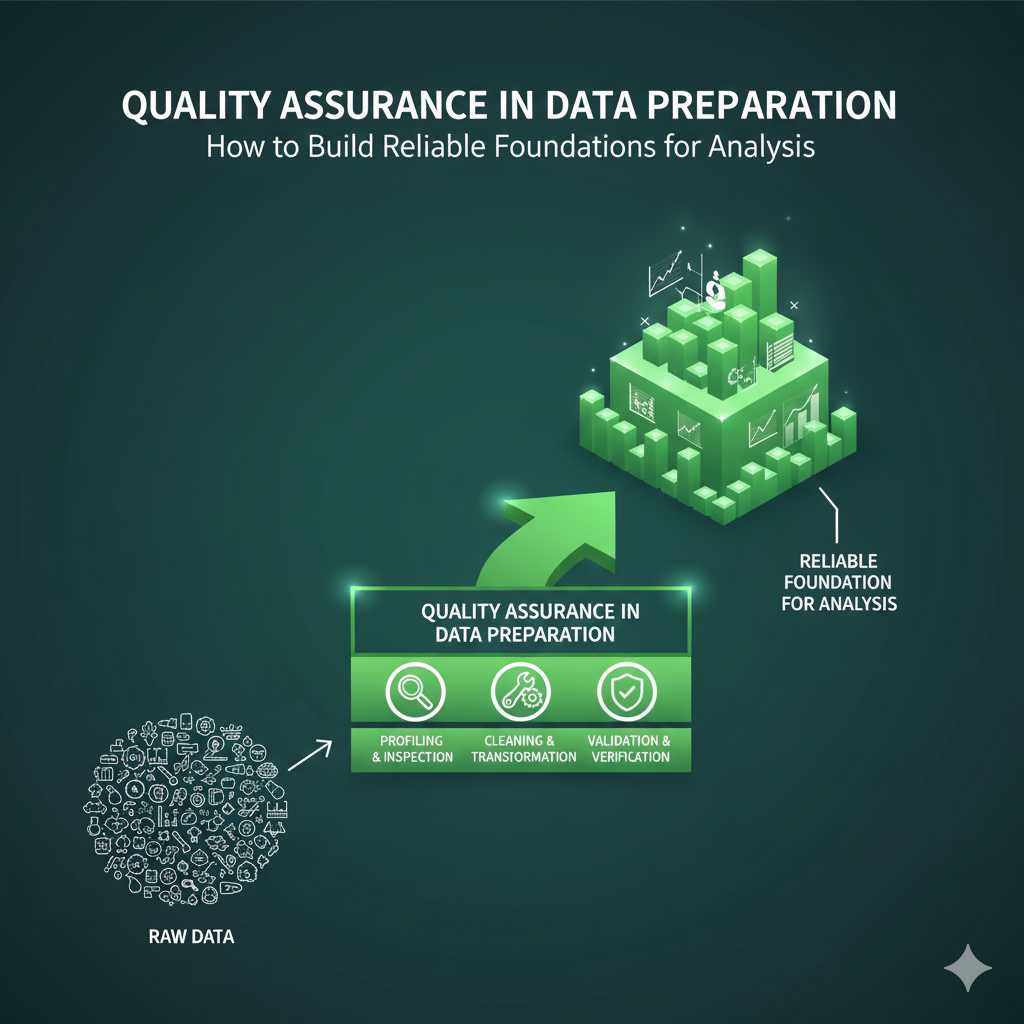
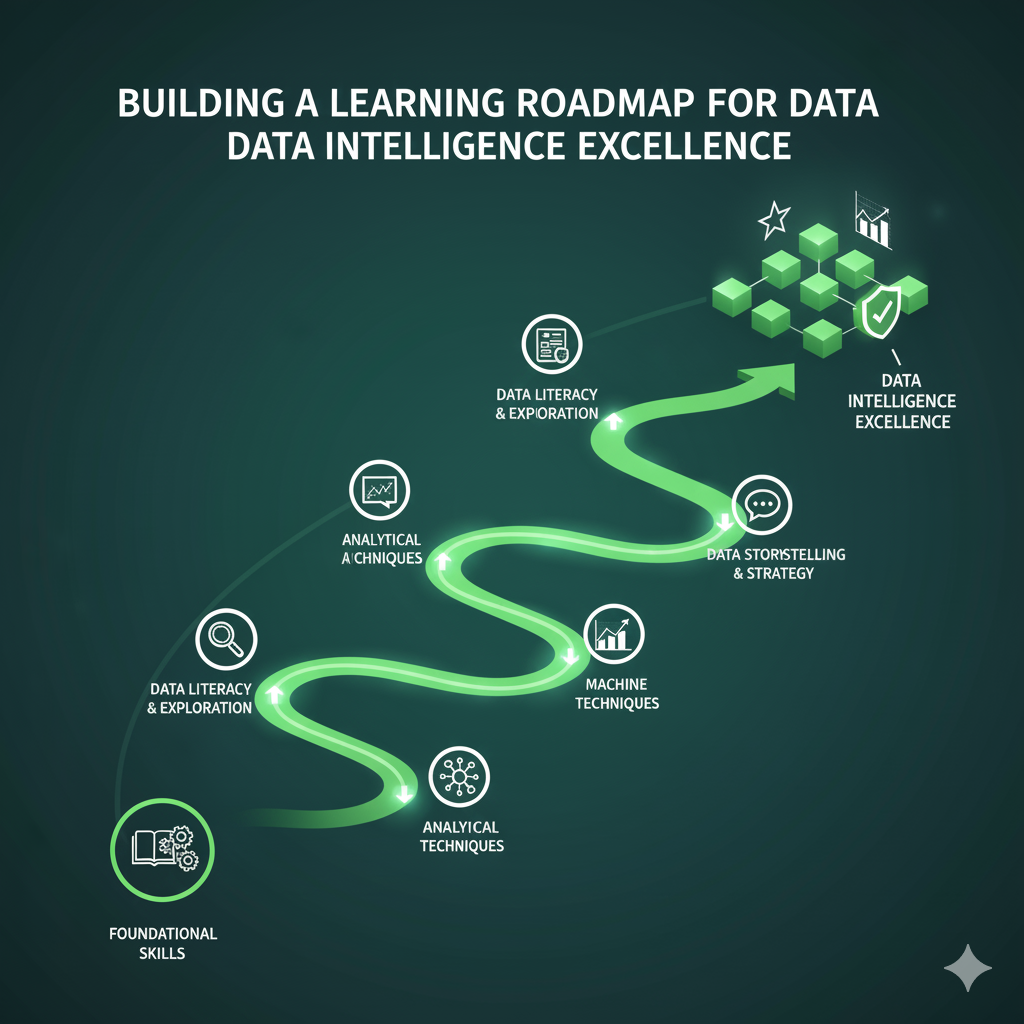

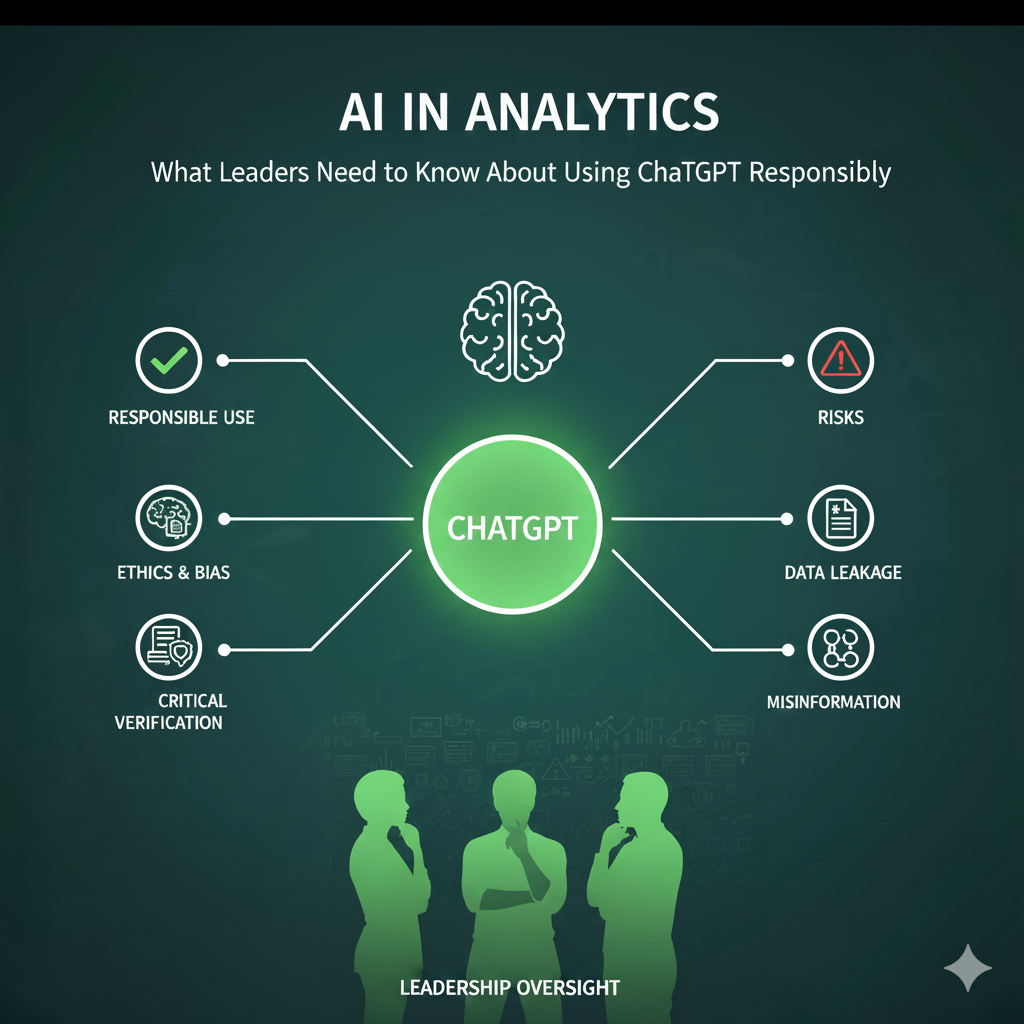
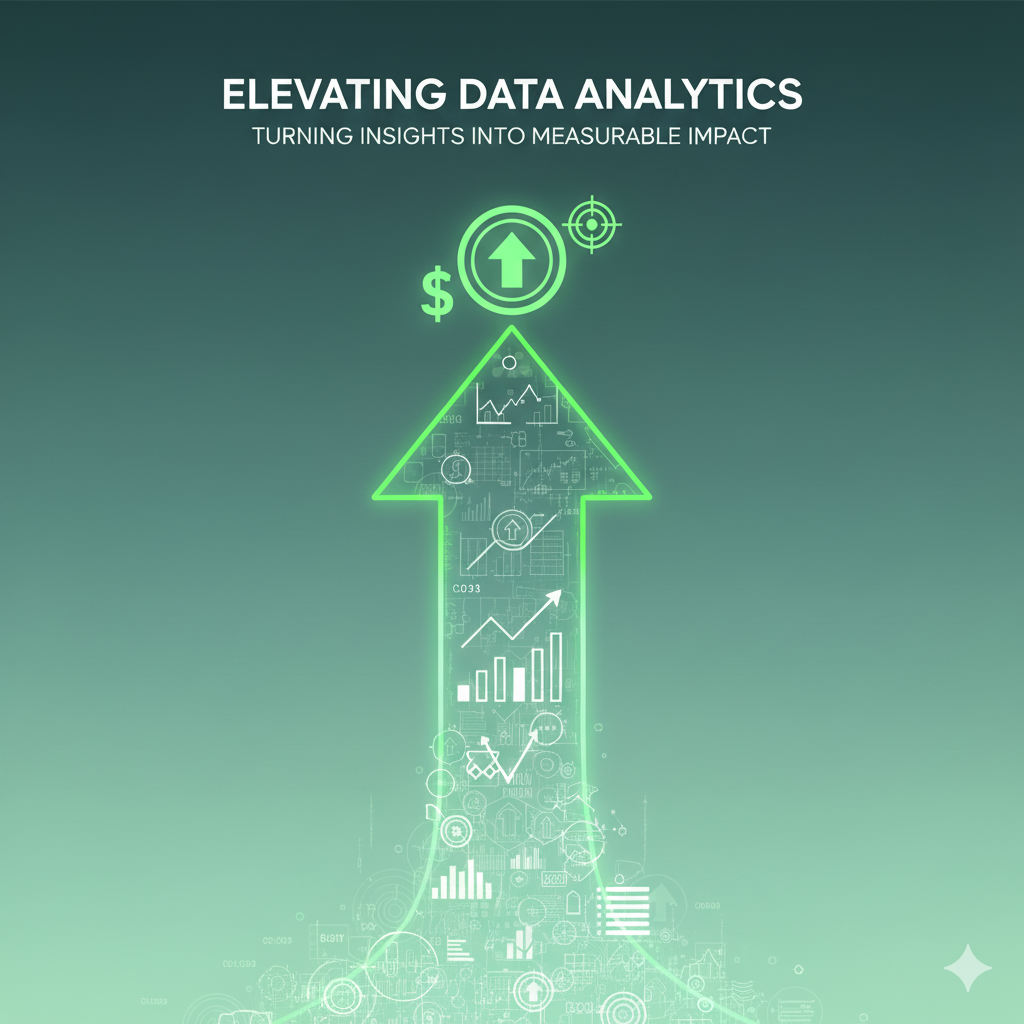
Responses